Which Black inventor created Peanut Butter?
a. Mary McLeod Bethune
b. Elijah McCoy
c. George Washington Carver
d. Alice H. Parker
c. George Washington Carver
George Washington Carver (c. 1864–1943) was an African American scientist, inventor, and agriculturalist known for his groundbreaking work in crop rotation and sustainable farming. Born into slavery, he overcame immense obstacles to become a leading educator and researcher at Tuskegee Institute. Carver developed hundreds of products using peanuts, sweet potatoes, and other crops, though he did not invent peanut butter, as is often mistakenly believed. His work helped improve soil health and provided economic opportunities for Southern farmers. Beyond science, he was a strong advocate for education, innovation, and racial harmony.
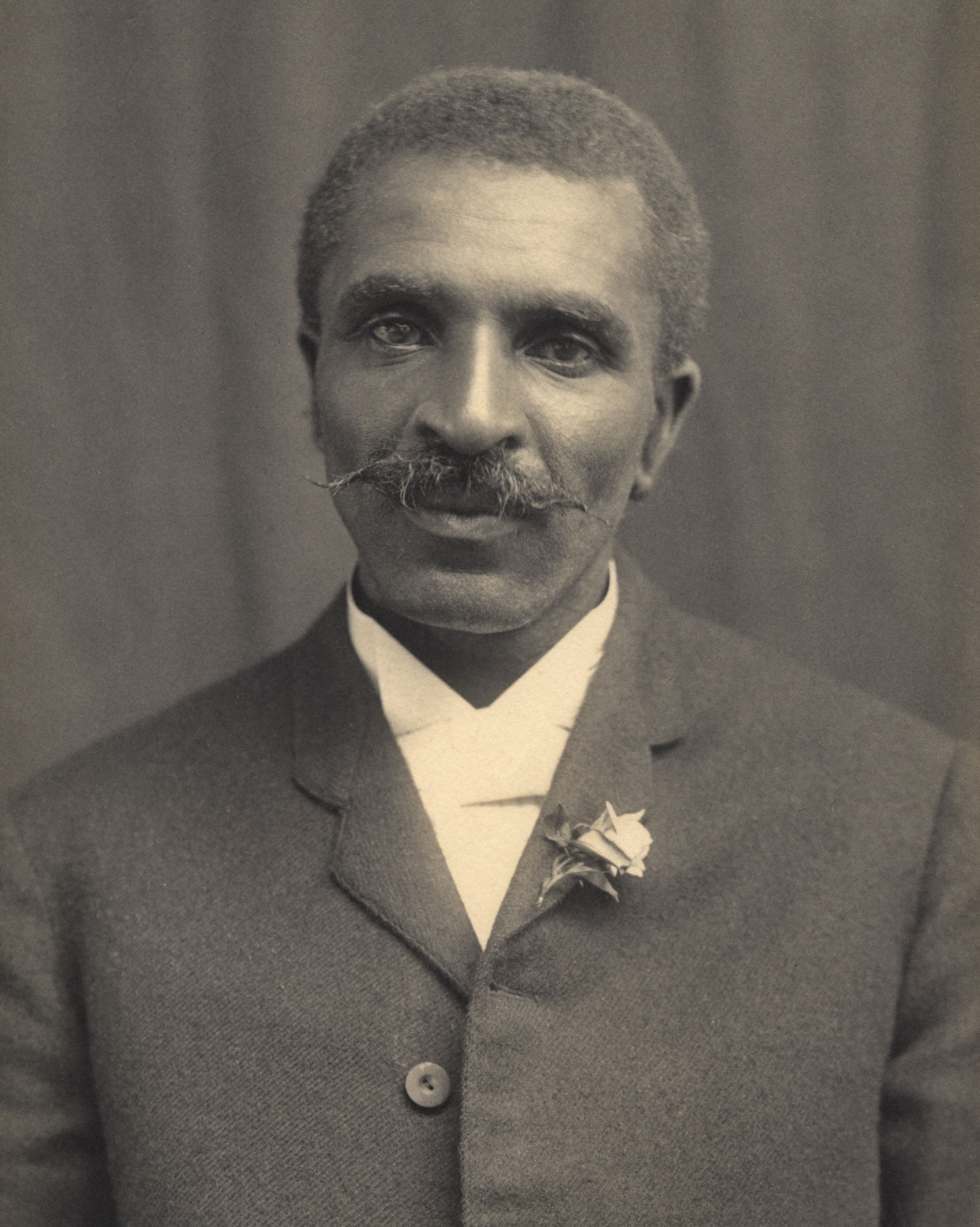
In 2008, she made history as the first Black First Lady of the United States.
a) Stacy Abrams
b) Michelle Obama
c) Kamala Harris
d) None of the above
b) Michelle Obama
Michelle Obama is an attorney, author, and former First Lady of the United States (2009–2017), as the wife of President Barack Obama. She was the first African American First Lady and became known for her advocacy on issues such as education, health, military families, and women’s rights. Her initiatives included the “Let’s Move!” campaign to combat childhood obesity and the “Reach Higher” initiative to promote higher education.
A Princeton and Harvard Law graduate, she worked as a lawyer and community advocate before her time in the White House. Her 2018 memoir, Becoming, became a bestseller, inspiring millions with her journey from the South Side of Chicago to the global stage.
Name a Black sitcom...
The Upshaws, A Different World, Sandford & Son, Black-ish, Abbott, The Wayans Bros, Insecure, Good Times, My Wife & Kids, The Fresh Prince of Bel-Air, Everybody Hates Chris, Sister Sister, The Bernie Mac Show, #BlackAF, The Game, The Boondocks, Martin, Moesha, The Parkers., etc...
What is 38th and Chicago now known as?
George Floyd Square
George Floyd Square is a memorial and community space located at the intersection of 38th Street and Chicago Avenue in Minneapolis, Minnesota, where George Floyd was murdered by police officer Derek Chauvin on May 25, 2020. The area was transformed into a site of protest, remembrance, and activism following Floyd’s death, which sparked global movements for racial justice and police reform.
The square features sculptures, and tributes honoring Floyd and other victims of police violence. It has also become a murals, gathering place for discussions about racial inequality and community healing.
While city officials have debated reopening the streets to traffic, activists and residents continue to push for permanent recognition of the site as a place of historical significance.
To "clock it" means to:

a. To discover the truth about something.
b. Break up an argument between a group of people.
c. Draw attention to a particular situation or information or gossip.
d. Tell someone the time.
e. both A and C
Correct answer: a and c
'Clock that tea' is a phrase used to draw attention to a particular piece of information or gossip, often used with a hint of humor or sarcasm. It can also be used when one discovers the truth about something.
Name one black invention:
DOUBLE POINTS if you know the name of the INVENTOR, too!! (cannot use Ray J or any of his inventions*, since he's being used as an example)
Home security System, Improved Ironing Board, Three-Light Traffic Light, The Mop, Modern toilet, Cellular phone, Doorknob, Clothes Dresser, Peanut Butter, Bottle Caps., etc...
This Black person is known for having the most subscriptions on Twitch of all time. They were also named "streamer of the year" in both 2023 and 2024.
a. Blackgirlgamers
b. ImDontai
c. Kai Cenat
d. Berleezy
c. Kai Cenat
Kai Cenat is the first streamer to reach 300,000 active subscribers on Twitch, making him the most-subscribed streamer in the platform’s history at the time. He achieved this milestone during his February 2023 subathon, solidifying his place as one of the most influential content creators in streaming culture.
This Black sitcom was the blueprint for the show FRIENDS:
a. Martin
b. A Different World
c. Living Single
d. Girlfriends

c. Living Single
A movement known as the ________ consisted of six million African Americans leaving out of the rural Southern United States to the Urban Northeast, Midwest, and West between 1910 and 1970.
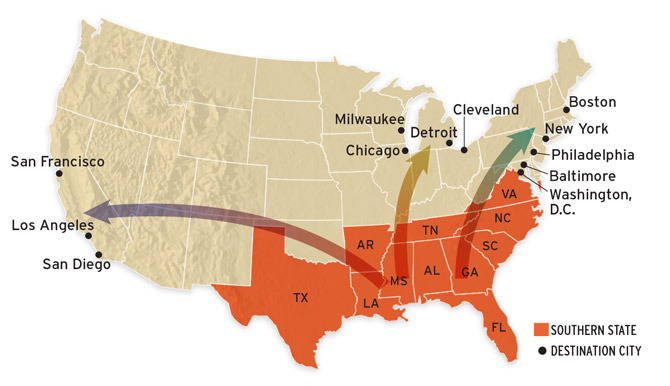
The Great Migration, Great Northward Migration or the Black Migration are all correct answers.
If someone says they are "outside," this means they are doing what?
Going out, being social, or enjoying life outside the house.

This inventor created the toy weapon "Super Soaker", one of the most popular water toys of all time.
a. Janet Emerson Bashen
b. Juan Gilbert
c. Lonnie Johnson
d. Elijah J. McCoy
c. Lonnie Johnson
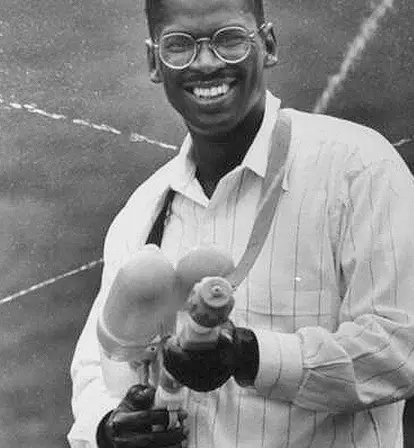
Which Black entrepreneur was the first self-made millionaire?
a. Madam C.J. Walker
b. Stephen Smith
c. Annie Malone
d. James Forten
a. Madam C.J. Walker
Madam C.J. Walker (1867–1919) was an African American entrepreneur, philanthropist, and activist, best known as the first self-made female millionaire in the U.S. She built a haircare empire, developing and selling products specifically for Black women, including the popular "Walker Method" for hair growth and scalp health. Her company, the Madam C.J. Walker Manufacturing Company, provided jobs and economic opportunities for thousands of Black women. Beyond business, she was a generous philanthropist, donating to causes like the NAACP and Black colleges, and an advocate for civil rights and women’s empowerment

This legendary jazz singer, famous for Strange Fruit, used her voice to protest racial injustice in the 1930s and '40s.
a. Eartha Kitt
b. Nina Simone
c. Billie Holiday
d. Etta James
c. Billie Holiday
"Strange Fruit" by Billie Holiday is a powerful and haunting song protesting racist violence and lynching in America, particularly in the South. Released in 1939, the song was adapted from a poem written by Abel Meeropol, a Jewish teacher and activist, who was deeply disturbed by photographs of lynchings.

Nicknamed “The Black Mecca,” this U.S. city is known for its thriving Black business, arts, and political scene.
Atlanta, Georgia
Atlanta, Georgia, is often called the “Black Mecca” because of its rich history of Black excellence, culture, and economic success. Since the Civil Rights Movement, the city has been a hub for Black business, education, and political leadership, with institutions like Morehouse, Spelman, and Clark Atlanta University fostering Black intellectual growth. Atlanta has also been home to key figures like Martin Luther King Jr. and continues to be a center for Black entrepreneurship, entertainment, and activism. Today, it remains a thriving city for Black professionals and creatives, cementing its reputation as a beacon of opportunity and progress for African Americans.
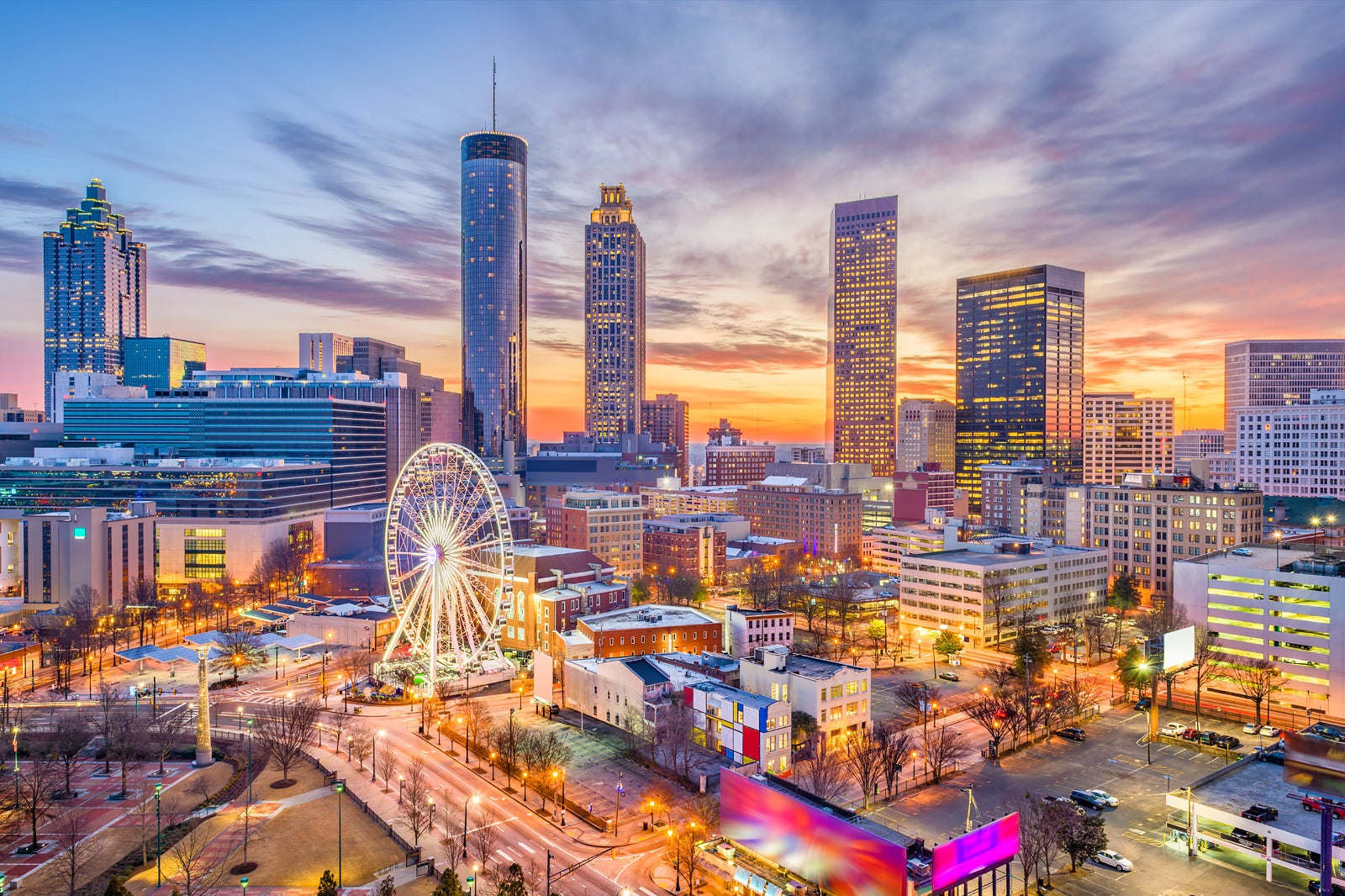
This playwriter and activist wrote A Raisin in The Sun

a. James Baldwin
b. Lorraine Hansberry
c. Langston Huges
d. Tyler Perry
b. Lorraine Hansberry
Lorraine Hansberry (1930–1965) was an American playwright and activist best known for A Raisin in the Sun (1959), the first play by a Black woman to be performed on Broadway. The play, which explores racial discrimination, dreams, and family struggles, became a landmark in American theater. Hansberry was also a passionate advocate for civil rights, feminism, and LGBTQ+ rights, using her writing and activism to challenge social injustices. Despite her early death from cancer at age 34, her work continues to inspire discussions on race, identity, and equality.
Lorraine Hansberry (1930–1965) was an American playwright and activist best known for A Raisin in the Sun (1959), the first play by a Black woman to be performed on Broadway. The play, which explores racial discrimination, dreams, and family struggles, became a landmark in American theater. Hansberry was also a passionate advocate for civil rights, feminism, and LGBTQ+ rights, using her writing and activism to challenge social injustices. Despite her early death from cancer at age 34, her work continues to inspire discussions on race, identity, and equality.

Known as the "Father of the Blood Bank," this Black scientist developed a method for preserving blood plasma, saving countless lives.
a. Emmett Chappelle
b. Charles Drew
c. Charles Henry Turner
d. Herman Branson

b. Dr. Charles Drew
Who is the man pictured below?
a) Thurgood Marshall
b) Langston Hughes
c) Fredrick Douglas
d) W.E.B Du Bois

d) W.E.B Du Bois
W.E.B. Du Bois (1868–1963) was a pioneering African American scholar, civil rights activist, and co-founder of the NAACP (National Association for the Advancement of Colored People). He was the first Black person to earn a Ph.D. from Harvard and was a strong advocate for racial equality, education, and political activism.
Du Bois challenged Booker T. Washington’s philosophy of gradual progress and instead promoted the idea that the "Talented Tenth"—a leadership class of educated Black individuals—should lead the fight for civil rights. His influential works, including The Souls of Black Folk (1903), explored the struggles of Black identity in America.
Later in life, frustrated with systemic racism in the U.S., he moved to Ghana, where he died in 1963. His contributions helped shape the modern civil rights movement.
This singer was a social activist and singer. Name 3 of her songs and include her name!

Nina Simone sang a number of songs, including but not limited to:
Feeling good, I Put a Spell on You, One September Day, My Man's Gone Now, Love Me or Leave Me, Don't Let Me Be Misunderstood.
Nina Simone (1933–2003) was an American singer, pianist, and civil rights activist known for her powerful voice and genre-blending music that combined jazz, blues, classical, gospel, and soul. She gained fame with songs like Feeling Good, I Put a Spell on You, and Mississippi Goddam, the latter becoming an anthem for the civil rights movement.
Simone used her music to speak out against racial injustice, making her a key cultural and political figure. Her emotional performances, deep lyrics, and unique sound left a lasting impact on music and activism.
Established by freed slaves in 1877, this Oklahoma town is one of the most famous all-Black towns in the U.S. and was the site of the 1921 massacre.
DOUBLE POINTS for name of the district.

Tulsa’s Greenwood District (Black Wall Street)
Black Wall Street refers to the Greenwood District in Tulsa, Oklahoma, an early 20th-century prosperous Black community known for its thriving businesses, banks, and cultural institutions. In 1921, the district was destroyed in the Tulsa Race Massacre, when a white mob attacked, looted, and burned it down, killing hundreds of Black residents and leaving thousands homeless. Despite the devastation, the resilience of the community remains a symbol of Black economic success and perseverance in the face of racial violence.
_________ is a variety of English spoken primarily by African Americans. It has its own set of grammatical, phonological, and lexical features that distinguish it from Standard American English. __________ developed historically from the African diaspora in the United States, influenced by African languages, as well as by the linguistic practices of Black communities throughout the country. While some features of ________ are considered nonstandard by mainstream English, the dialect is fully functional and rich in its own right, with deep cultural and historical significance.
Ebonics or African American Vernacular English
This Black man organized The March on Washington:
a. James Weldon Johnson
b. Bayard Rustin
c. Roy Wilkins
d. Charles Hamilton Houston
b. Bayard Rustin
Bayard Rustin born March 17, 1912, was a social activist, and worked as Martin Luther King Jr's advisor. Not only was Bayard committed to addressing different social issues, but he primarily focused on social justice, nonviolence, socialism, and gay rights.
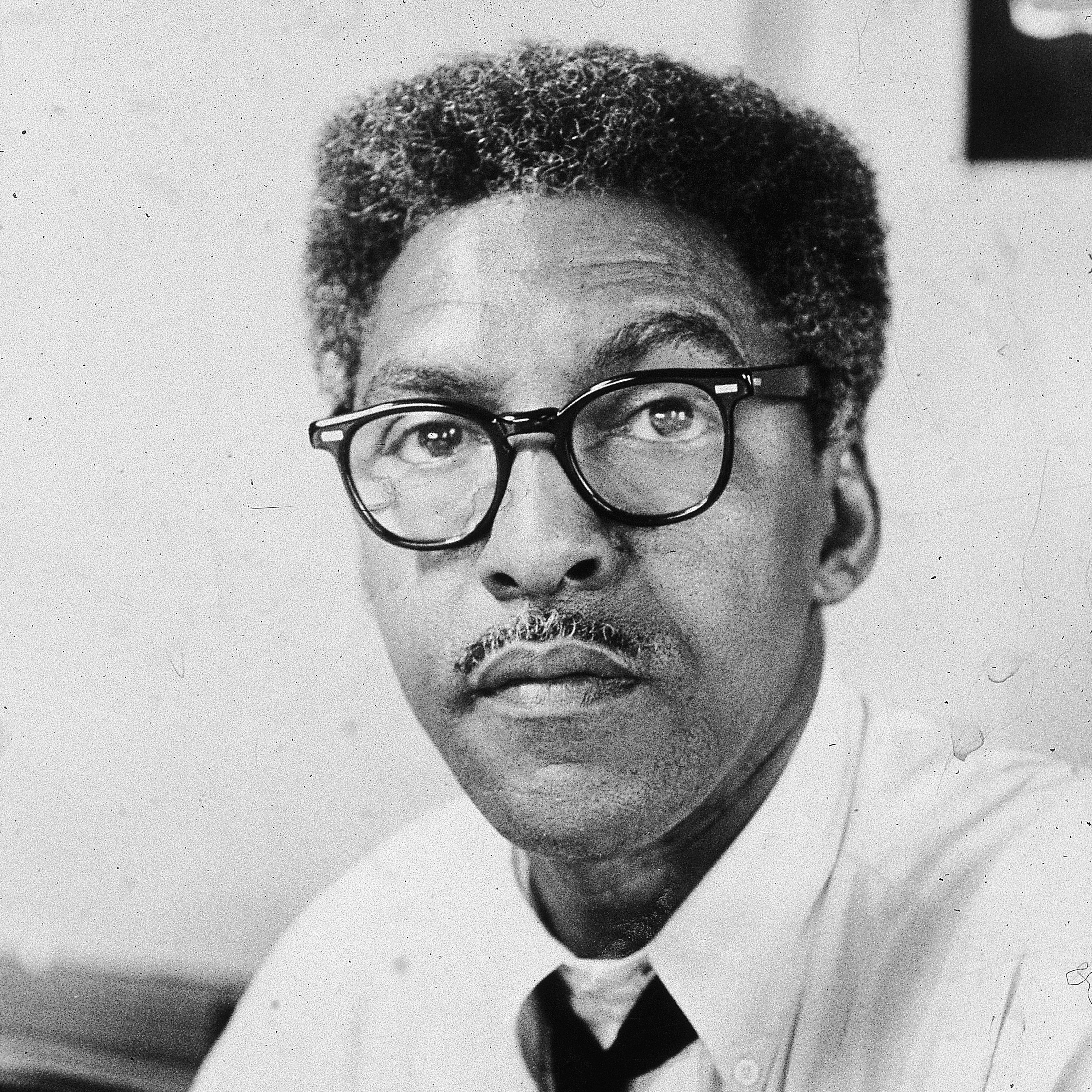
What is the historical origin of Black cowboys and the term "cowboy" in Texas during the 18th century?
In the mid to late 18th century, Black cowboys were prevalent in Texas, where the term "cowboy" was originally used for enslaved individuals who worked with cattle. White men avoided the title, preferring to be called cowhands or cow punchers instead.
This powerful magazine, founded in 1945, has chronicled Black culture, fashion, and entertainment for decades.
Hint: It is sitting on the BMH table in the atrium
a. Jet
b. Essence
c. BLK
d. Ebony
d. Ebony

Ebony Magazine is a prominent American publication founded in 1945 by John H. Johnson. It became one of the leading magazines focused on African American culture, lifestyle, and achievements. Covering topics like politics, entertainment, social issues, and history, Ebony showcased the accomplishments of Black Americans and highlighted significant cultural moments.
Throughout its history, it featured influential figures such as Martin Luther King Jr., Muhammad Ali, and Oprah Winfrey on its covers. Ebony played a crucial role in representing African American experiences in mainstream media, and its impact continues to resonate in the realms of journalism and Black culture.
This country in the Caribbean was the first to successfully lead a slave revolt, gaining independence in 1804.
a. Haiti
b. Barbados
c. Trinidad and Tobago
d. Bahamas
a. Haiti
The Haitian Revolution (1791–1804) was a successful uprising by enslaved Africans against French colonial rule in Saint-Domingue (now Haiti). Led by figures like Toussaint Louverture, Jean-Jacques Dessalines, and others, it was the first and only successful slave revolt that led to the establishment of an independent nation. The revolution abolished slavery and defeated French, Spanish, and British forces. In 1804, Haiti became the first Black republic and the first independent nation in Latin America. It also inspired other anti-colonial movements worldwide.

What were the Deacons for Defense known for?
Deacons for Defense was a Black self-defense organization founded in 1964 in Jonesboro, Louisiana, during the Civil Rights Movement. It was created in response to violent attacks against Black activists and communities, particularly in the South, where local law enforcement often failed to protect them.
The Deacons aimed to defend Black communities against white supremacist violence by organizing armed patrols to protect civil rights workers and residents. Unlike nonviolent civil rights groups, the Deacons emphasized the right to self-defense and played a significant role in protecting African Americans during the movement. Their efforts helped to shift attitudes toward self-defense in the fight for civil rights.
